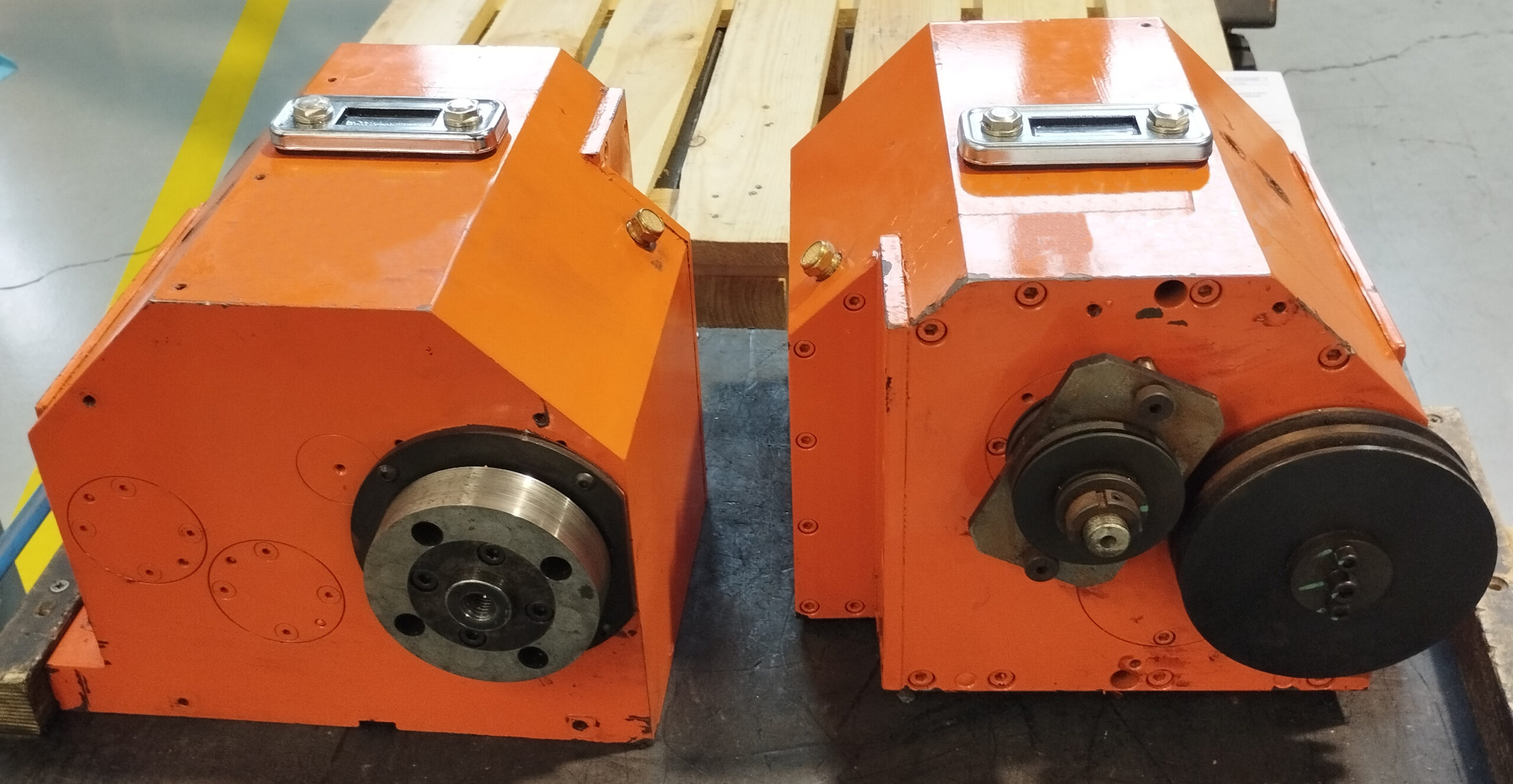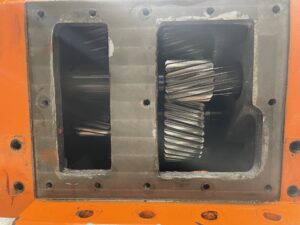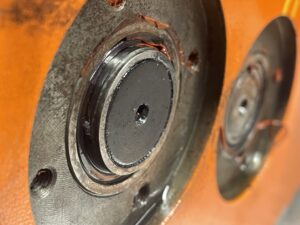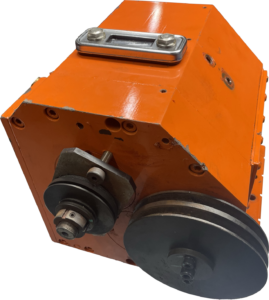 Gearboxes applied to spindles are important elements in achieving adequate torques at lower speeds. Efficiency and precision are essential in these gearboxes. Machine tools, such as lathes and milling machines, play a crucial role in manufacturing and rely heavily on key components such as gearboxes.
Gearboxes applied to spindles are important elements in achieving adequate torques at lower speeds. Efficiency and precision are essential in these gearboxes. Machine tools, such as lathes and milling machines, play a crucial role in manufacturing and rely heavily on key components such as gearboxes.
These units play a vital role in controlling the speed and torque of the spindle, and proper maintenance is essential to ensure optimum performance and prolong the life of the machinery.
The first thing to do is to define exactly what a gearbox is.
Function of gearboxes.
Gearboxes, also known as reduction, are mechanical components that are used to reduce the rotational speed of a spindle. These shafts or spindles are the clamping point of the machining tool on a machine tool. The main function of a gearbox is to decrease the input speed of the motor to obtain a lower output speed but with a higher torque.
Gearboxes are commonly used in various industrial applications and machinery, such as in conveyor systems, heavy machinery, electric motors, and other devices that require precise control of speed and torque.
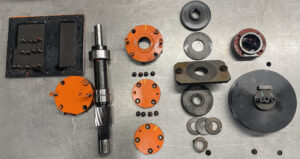 We will focus on spindles, i.e. rotary axes on a machine tool, such as a lathe or milling machine. In this case the gearbox can be integrated into the system to adjust the rotational speed of the spindle according to the specific machining requirements. Reducing the speed of the spindle may be necessary to optimise machining quality, to control the accuracy of operations or to adapt to the characteristics of the material being processed.
We will focus on spindles, i.e. rotary axes on a machine tool, such as a lathe or milling machine. In this case the gearbox can be integrated into the system to adjust the rotational speed of the spindle according to the specific machining requirements. Reducing the speed of the spindle may be necessary to optimise machining quality, to control the accuracy of operations or to adapt to the characteristics of the material being processed.
The main function of a gearbox for a spindle is to reduce the rotational speed so that a proper balance between speed and torque is achieved. In this way we will achieve an efficient and precise operation of the machine tool.
 The main points to pay attention to when carrying out maintenance.
The main points to pay attention to when carrying out maintenance.
The keys to good gearbox maintenance are centred on five essential points. Of course, one of them will always be present in all types of maintenance, and that is the human factor. Maintenance tasks must be carried out by a properly trained team of specialists in this field.
-
Gear wear
One of the most common problems in gearboxes is gear wear. These components are crucial for power transmission and speed reduction. Wear can be caused by constant load, inadequate lubrication or extreme working conditions.
To counteract this problem, it is vital to perform regular gear inspections and replace gears that show signs of significant wear. In addition, proper lubrication with high quality oils helps to reduce friction and minimise wear. The occurrence of this wear leads to misalignment between gear teeth with consequent loss of gear unit effectiveness.
-
Lubrication and Cooling
Lubrication is the lifeblood of any gearbox. Lack of lubrication or the use of inadequate lubricants can lead to excessive heating, increasing wear and reducing efficiency. A regular lubrication programme, as specified by the manufacturer, is essential. In addition, proper cooling through cooling systems ensures optimum performance and prevents damage caused by excessive heat.
-
Visual and Auditory Inspections
An integral part of preventive maintenance is visual and auditory inspection. Listen for any abnormal noises during gearbox operation, as this could be an indicator of internal problems.
Visual inspections should include looking for oil leaks, signs of corrosion and any other visible signs of wear. Proactively addressing problems during inspections can prevent costly breakdowns in the future.
The use of vibration sensors brings increased safety to the unit and allows preventive tasks to be carried out. Vibrations are a problem for gear wear.
-
Alignment and tensioning
Correct alignment and tensioning of the gearbox is essential. Misalignment can generate additional loads on bearings and gears, accelerating wear. Perform periodic checks to ensure that the gearbox is properly aligned with the spindle and other surrounding components. Adjust the tension according to the manufacturer’s recommendations to avoid overloading problems.
-
Staff Training
Finally, as mentioned above, do not underestimate the importance of having trained personnel to perform maintenance. A knowledgeable team can identify potential problems and address them before they become costly repairs. Provide regular training on maintenance procedures and the importance of following the manufacturer’s guidelines.
At GDM you can find the perfect partner for your maintenance team, we can support you and cover those points of maximum specialisation.
The maintenance of spindle gearboxes is essential to ensure the efficiency and longevity of machine tools. With a combination of regular inspections, proper lubrication and staff training, your company can maximise performance and minimise downtime, contributing to the continued success of your industrial operations.
 And here is an example.
And here is an example.
Throughout the article we have shown you an example of the maintenance of a gearbox for a spindle.
Specifically, we are talking about two gearboxes that were quite similar in both design and faults. We found two basic problems that we had to correct.
On the one hand, there was a misalignment of the shafts of the gear units, which caused friction and therefore a consequent braking of the unit. The picture shows the displacement of the shaft in relation to the second shaft of the unit.
The working efficiency was compromised by this misalignment, as it went beyond simple braking, to the point of blocking the axles. This blockage obviously posed a clear risk to the rest of the machine.
On the other hand, the gearbox was poorly lubricated, which meant that the gears were rubbing against each other and causing excessive wear. The adjustments between the teeth showed some play.
If you found this article interesting, you can ask us to cover this or other topics on the maintenance of servo systems and industrial electronics. You can request it from THIS FORM. We will be happy to deal with the topics you request.


